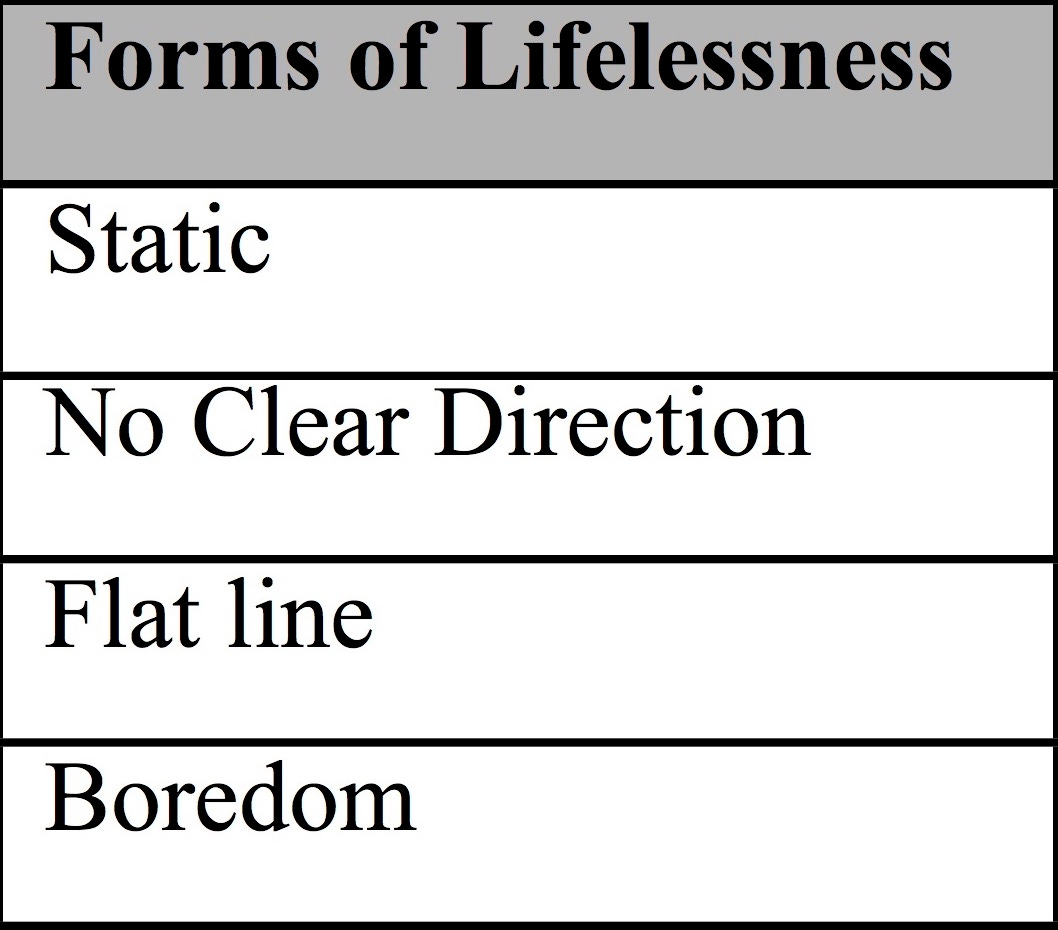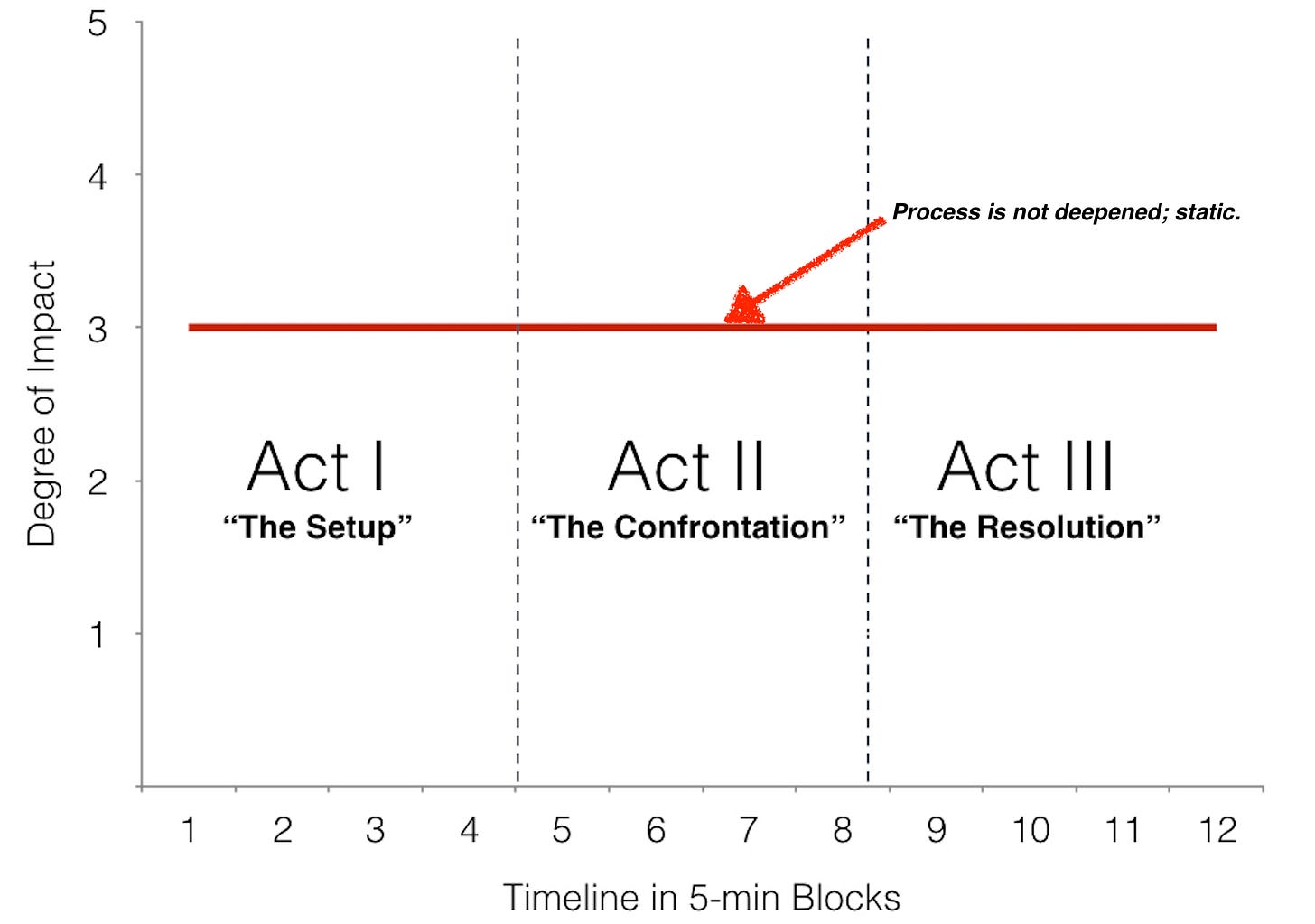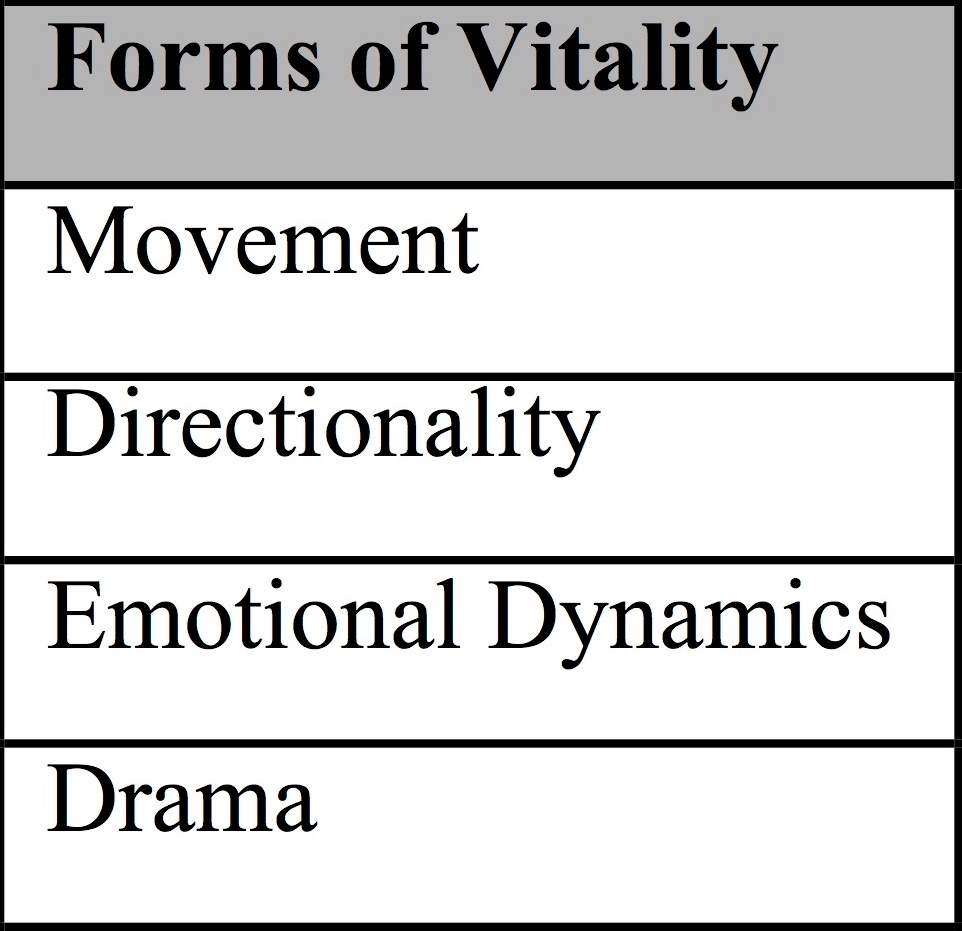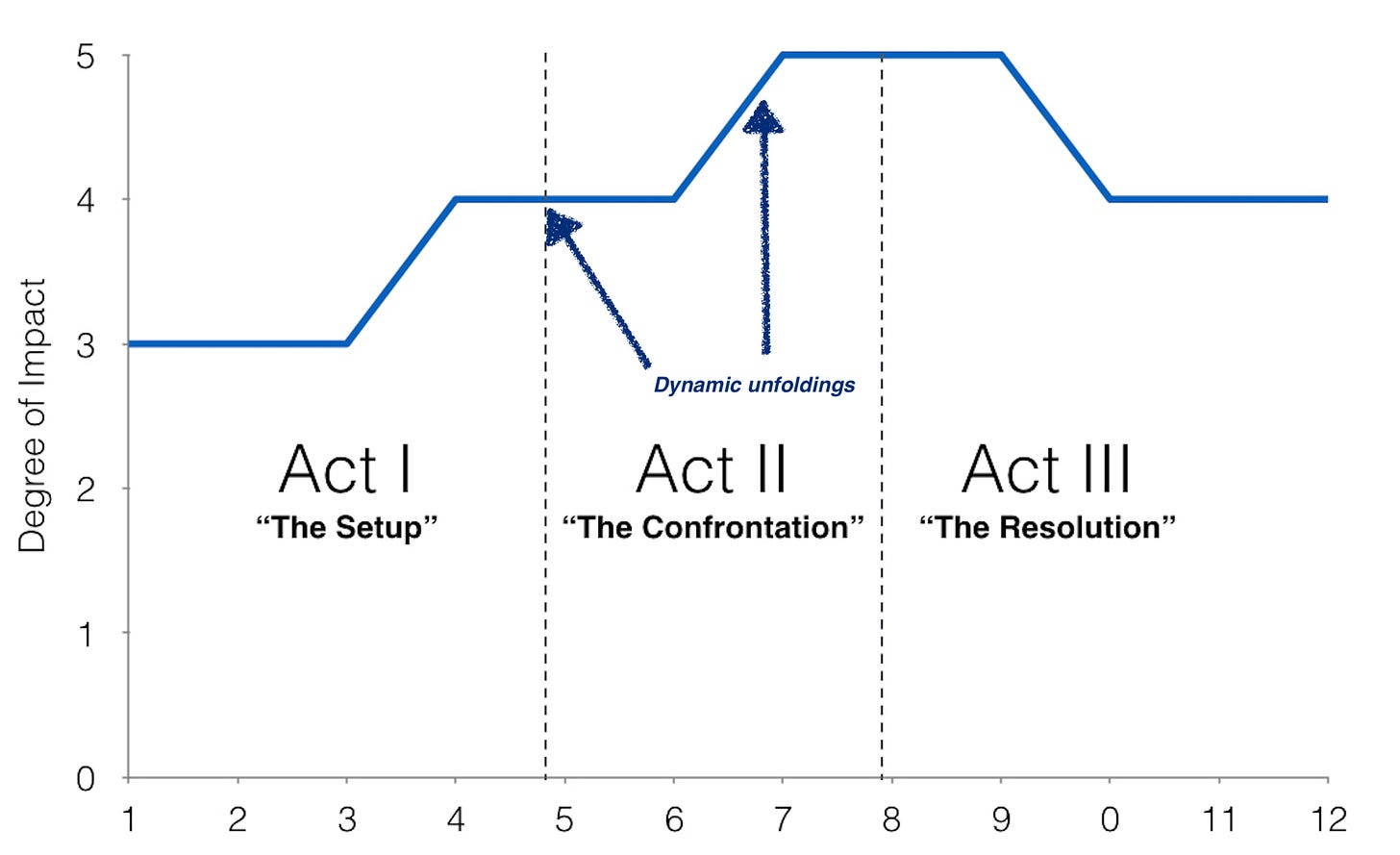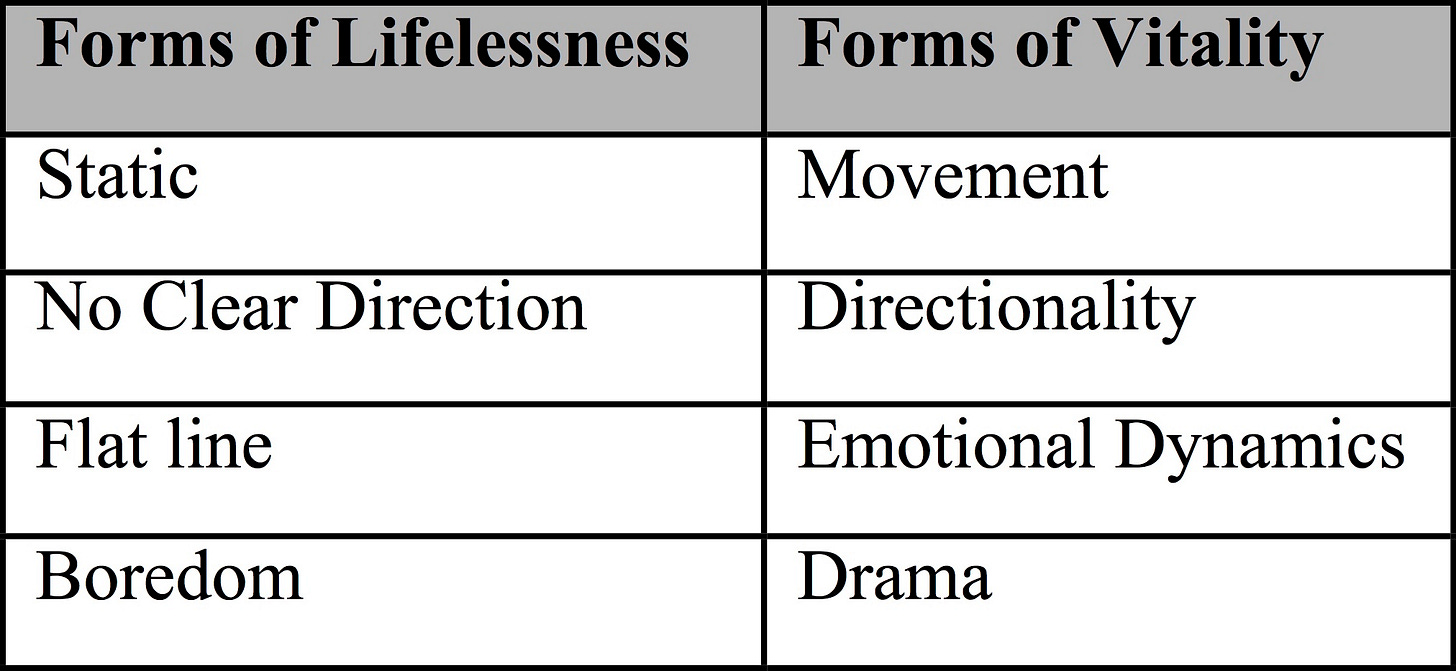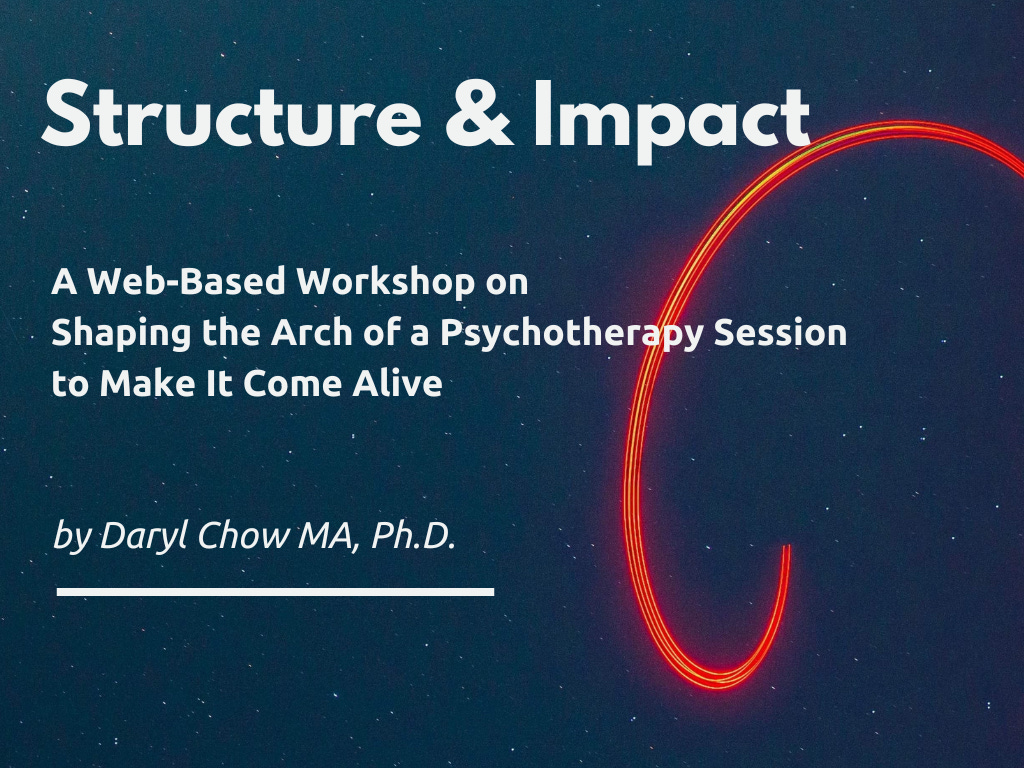Thinking in Thirds: Going Deeper (Part II of III)
Act II of How We Can Go Deeper in the Therapy Hour.
In Part I of Thinking in Thirds, I talked about the rule of three in various domains like the performing arts, storytelling and music, and how segmenting the therapy hour into thirds can be structurally (not rigidly) helpful.
As a recap, here are the three different stages:
An Invitational Beginning,
Deepening the Process, &
Resolution.
And here are the three possible hats we might end up wearing at the beginning of Stage 1:
The Meanderer
The Rigid Behaviourist
The Focused
Feel free to return to Part I for more details.
Stage 2: Deepening the Process
In the mid-point of the therapy hour, I call the second stage of the therapy hour the Deepening phase.
Roughly speaking, we are going further than what was superficially presented at the beginning phase. We are not the experts of the individual's lives, but we can be an "emotional tour guide" by facilitating the process by going deeper towards the unspokens (for more on this, check out this article: Listening Into Speech: Will Say, Won't Say, Can't Say).
As part of the healing endeavour, the framing of the conversation gets intentionally narrower and more focused.
In turn, there is a trade-off. Other less relevant topics are not addressed. Recall: This happens by design. The aim is not to cover all of the contents of a person's lives, but to help them process emotional wounds, hurts, and rebuild their lives in a meaningful way.
In the book, The First Kiss: Undoing the Intake Model…, I talked about why we must resist the urge to be Sherlock Holmes. We must be careful not to engage in "TBU" i.e., True But Useless information. I asked,
"Have we earned the license to pry?"
When we engage in TBU, especially at the early stages, we run the risk of
Re-traumatisation
Will Not Mobilised: If their will is not on board, we might face a misalignment in alliance. We might even try to "Ra Ra" them into action, categorise them as at the "pre-contemplative" stage of change. Eventually, we are left breathless working harder than your client.
Lack of an effective focus
(Note: This chapter on TBU is available on Frontiers).
ACT II: Deepening the Process
It is worth exploring the 3 different hats we might end up wearing in ACT II: Deepening the Process.
The Wanderer
The Wanderer is someone who is aimless.
A wandering therapist listens intently, nods and agrees, but has no idea where this is heading.
Make no mistake this is not a rare occurrence for most therapists worth their salt. However, for therapy to be effective, the proportion of wanderings shouldn't supersede a shared directionality.The result of over-wandering is what psychoanalyst Daniel calls "forms of lifelessness," i.e., the therapeutic process goes nowhere promising and flatlines.
The Overwhelmed
A related hat we might end up wearing is that of being overwhelmed.
This is especially so when we hear client's stories which are profoundly impacted by a history of multiple adversities and complex traumas.
In addition, when a client who is highly eager to tell their story, we are left feeling as if the floodgates are opened and have no way to contain the outpouring.In some sense, when we find that we are overwhelmed at this rough mid-point of therapy, it might be possible that we are still stuck in Act I: The Beginning stage.
This can happen even if it is not the first session.The key is to learn to hold your bearings and navigate even when the waters are choppy. We have to find a way to synthesise all the flying pieces and connect the dots, so as to find a North from here.
The Deep-Sea Diver
When we have established a sense of focus in Act I, we can now take the process one step deeper.
The Deep-Sea Diver is one who not only knows how to swim in the sea of emotions, but also goes further than an average friendly conversation at the pub.
In this process of going deeper, consensus must be on-board.
Without goal-consensus, we run the risk of rupturing the alliance. This requires the client's will to be aligned with not just the outcome-goal (i.e., What result they want to have from coming to therapy), but also the process-goal (i.e., How the therapist and client are going to employ certain approaches to get there.)
The aim of this "deep sea exploration" is to create a form of vitality. Here's a summary derived from Daniel Stern:
Forms of Vitality
In the course Structure and Impact, I will unpack how we can steer the process towards a more enlivened experience for clients (see below).
Just to be clear, there is no "secret formula," special method or approach. But it contains nuggets of clarity on how we can create a flexible and focused structure in therapy, so as to raise the chances of a healing encounter.
Structure and Impact Course:
2 MORE DAYS TO CLOSING!
Learning to develop a structure of your own is a skill that every therapist should have. It's pretty hard to build a building without a scaffold.
As far as I’m aware, this is the first training available on helping you shape the arch of therapy to make it come alive.
Starting on 10th of Oct 2022 (World Mental Health Day!), this new course Structure and Impact, aims directly at helping you develop a sense of structure so as to create an impactful experience for your clients. Registration CLOSES ON FRIDAY, 7th of OCTOBER, 2022.
For more about this course, check out this link.
The course is $200, and with the promo code, you'd get $80 off. Just key in at the checkout, 80GIFT. Easy peasy.
And if you are a student/trainee, the course is my gift to you. Click the enrolment page, scroll to the bottom to select the appropriate button.
Even though the course has not yet been released, people are saying things like, "Why don't they teach this in our program?"
The Structure and Impact course is specifically designed to help you shape the arch of a psychotherapy session so that you can make the psychotherapeutic encounter come alive.
I hope you’d join us.
Details:
Start: 10th of Oct 2022, World Mental Health Day.
Closing Date: 7th of Oct, 2022.
Length: 1 month duration with 4 in-depth sections to Structure and Impact provided on a weekly basis.
Format: Interactive cohort-based, and self-paced (i.e., no need to log on at specific times).
Access: Not time-limited; Lifetime-Access.
Cost:
For Professionals: $200, with $80 off using the promo code: 80GIFT
For Trainees: Free.
Why free? It’s my gift to people who are just starting off. I want you to have the best start, on the right foot.
(Some weeks ago, my friend said to me that this was a risky move. People could simply select the free option. I know. You could. I could ask for id proof that you are indeed a student. But I didn't build Frontiers of Psychotherapist Development to be transactional. We just have to rely on a handshake).
For More Details, click HERE.
Note:
In the final Part III of Thinking in Thirds, I will cover the 3 different hats we wear at the closing of a session. Stay tuned.



